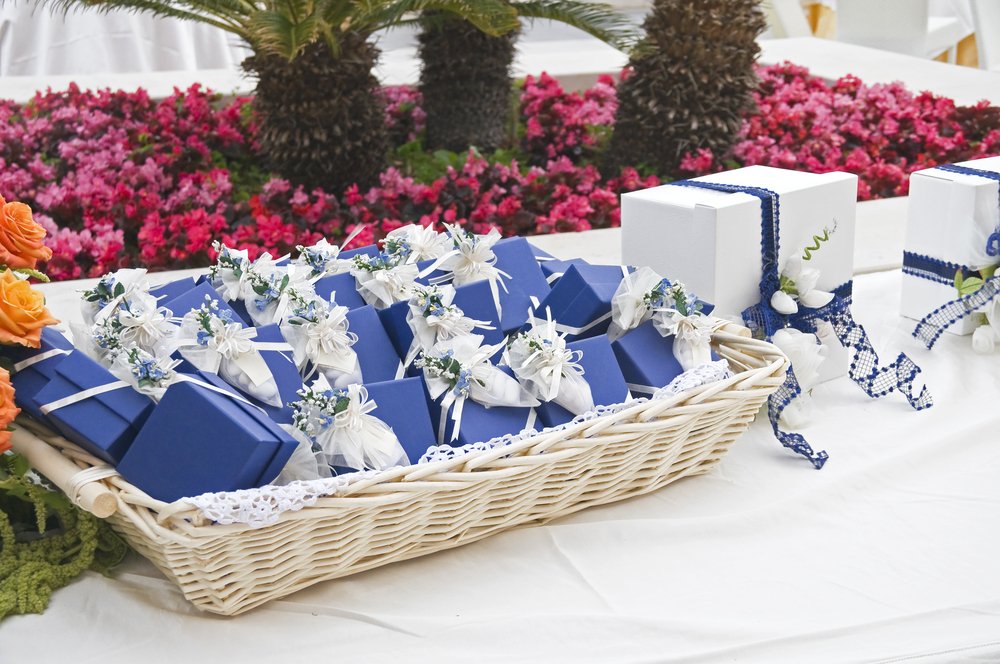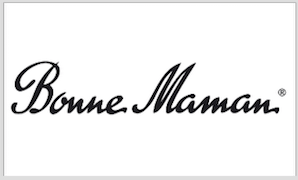Wedding favors are a lovely gesture for a couple to give to their guests as thanks for attending the wedding. But where did this tradition start, and how has it changed throughout history? Let’s explore the history of wedding favors, from its crude beginnings to its current state.

Early Bridal Magic
Humans have been performing marriage rituals for quite a long time, and the idea of a partnership contract as a cornerstone of family and societal structure is almost as old as human civilization itself. But what about wedding favors? Well, we do know that weddings were celebrated as major events even back in ancient times when resources were hard to come by and manufacturing was basically nonexistent, and that even in these early days in human history, brides were the major focus of the wedding day.
In fact, brides were considered to be imbued with a special power, even magical in nature, on their wedding days, and this bridal mania drove people a little nuts. Back in the Middle Ages in Europe, people started taking parts of the bride’s clothing as a way of capturing some of that magic. Respect for women and public restraint being not exactly en vogue at that point in time, brides would sometimes end up completely nude, stripped of all their garments as guests rushed to get some wedding-day magic to keep for themselves.
Evolving More Civilized Traditions
Clearly, brides needed to employ a little strategy to avoid being robbed of her wedding dress by excited guests, so around the time of the Renaissance, brides in a European region now covered by France and Italy began covering their dresses with ribbons and flowers that guests could take. This left the bride with her clothing and dignity intact, and it was a nice alternative to the previous version of the wedding favor. However, at the same time, the age of exploration and the use of colonial labor was giving rise to a wider range of resources in European society, and sugar was introduced as an exotic treat for special occasions.
Because weddings were such special occasions, a mere strip of fabric was quickly falling out of style, and families began making up little bags or boxes of sugary sweets for guests to take home. As sugar became more abundant, overachieving families began packing sugared almonds into boxes and bags for their guests to take home. These treat packets, known as bonbonières, were festively packaged and quickly spread throughout parts of Europe, Africa and the Middle East as a lovely little wedding favor. Soon, colorful Jordan almonds were invented and became the standard for wedding favors, a tradition that some families still carry on to this day. Italians called the rainbow-hued almonds confetti based on the same root Latin word used for “confection,” and that’s where the word for colored paper thrown at special events comes from as well.
Modern-Day Favors
These days, brides and grooms often want to give something a little more unique than a bag of almonds. Some couples will place dishes of Jordan almonds at their reception tables but provide a more enduring gift as their favors. If you’re looking for the right favor for your big day, our selection of customizable and creative wedding favors may have just the right option.








